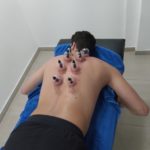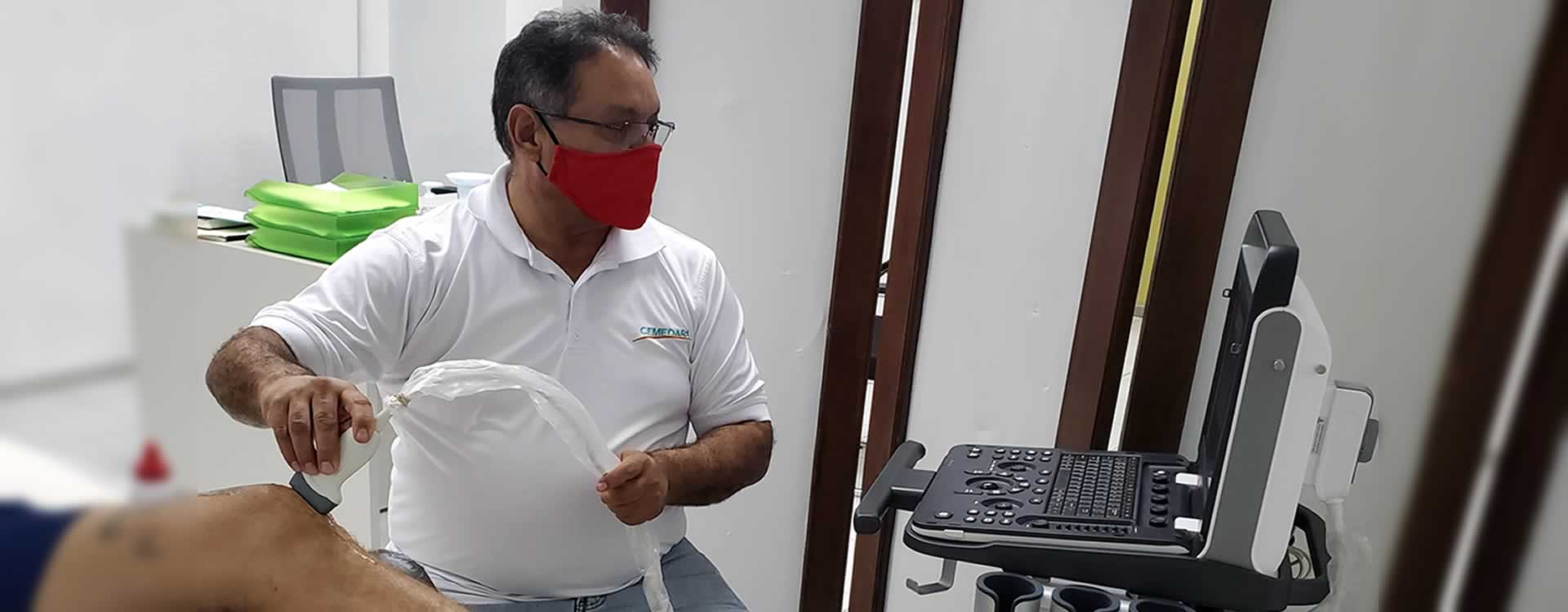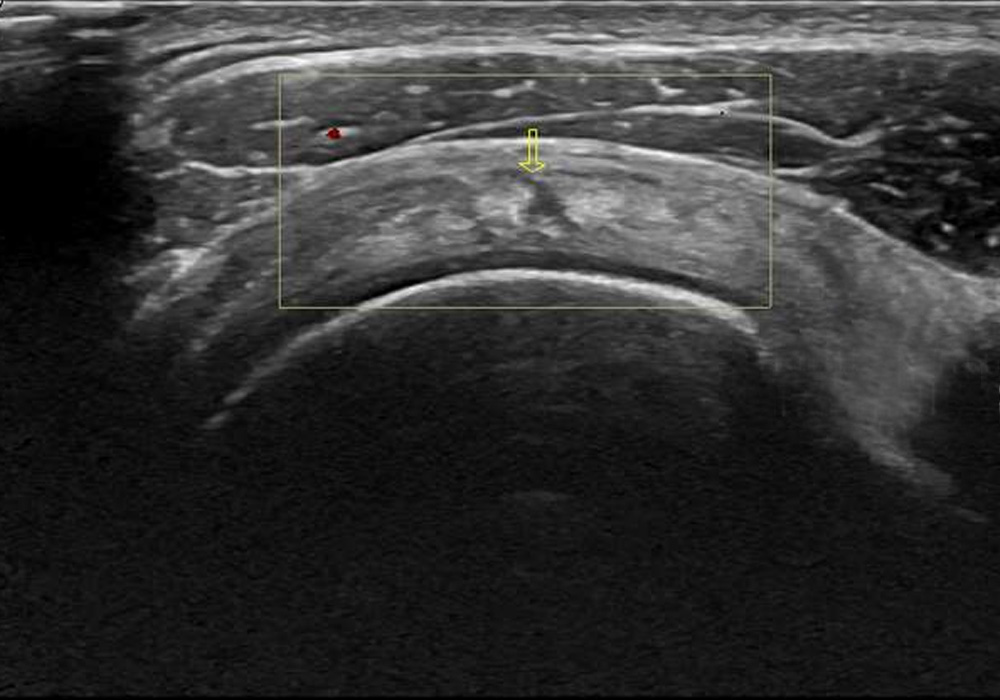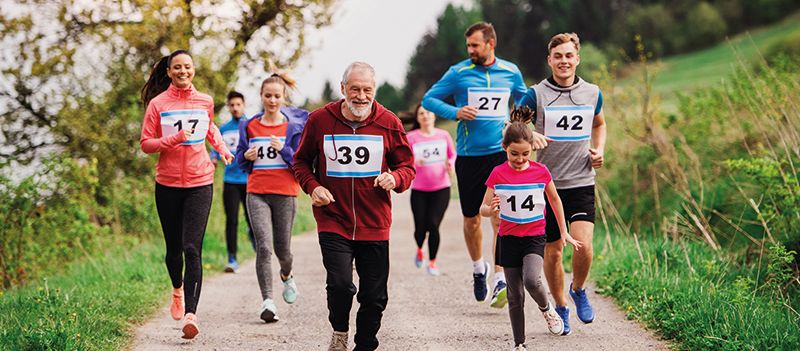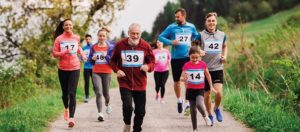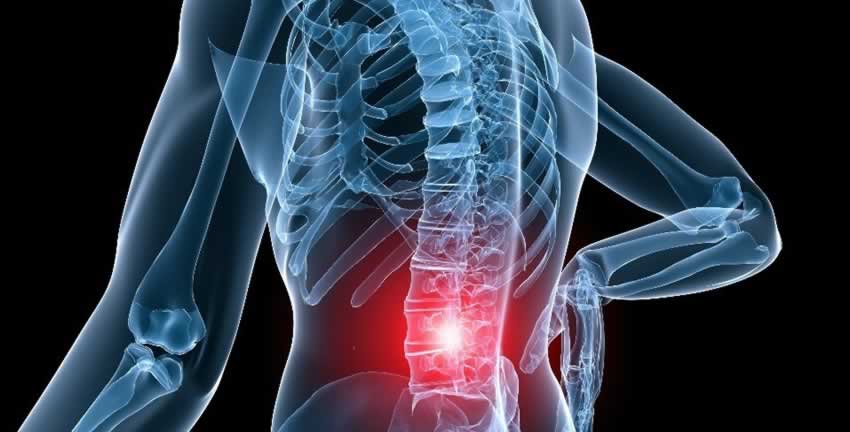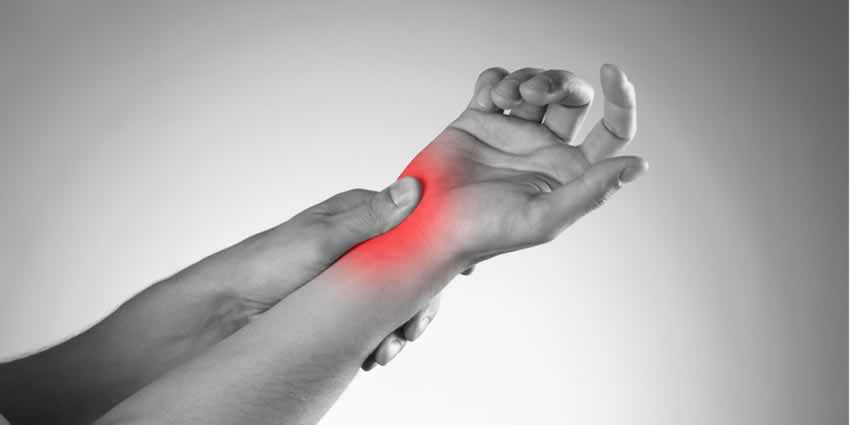Traditional and Natural Medicine, Therapeutic Alternative
Traditional and natural medicine considers man in a holistic way, that is, in his totality and within an ecological aspect. It is based on the idea that poor health or illness comes from an imbalance in man in his total ecological system and not only from the causal agent and pathogenic evolution. To maintain adequate mental and physical health, there must be a biological balance; when this is broken, illness appears.
Traditional and natural Chinese medicine is an ancient science, the practice is as old as humanity, the most common related techniques of this science are: acupuncture, moxibustion, cupping, acupressure, therapeutic massages, herbal medicine, laser puncture, electroacupuncture, acupuncture analgesia and pharmacopuncture.
In natural medicine, different diagnoses are made, the main one being lifestyle, as it tells us how to walk, rest, whether or not we do physical exercise, habits and behavior patterns such as: managing stress, feelings, our relationships with others, with nature, all of this gives us an idea of where the patient’s problem lies and with a good physical examination and comprehensive observation it allows us to reach an adequate diagnosis and better treatment.
Acupuncture

Acupuncture (acu from Latin means needle and puncture means to prick), is an Asian therapeutic procedure that consists of applying very fine needles to certain points of the body, stimulating them in order to treat different illnesses, regulating the energy of the meridians, the excesses or gaps of energy, both in the meridian and in the organs, thus promoting their proper functioning. Acupuncture and other related techniques such as moxibustion, cupping, etc. are not only used in China and other Asian countries such as Japan, Vietnam and Mongolia, but were also later spread to Europe (France, Italy, Spain, Switzerland, Germany, Holland, Russia) and to the American continent many years later. Acupuncture is also used in different specialties in Western medicine. the method of anesthesia with acupuncture is used in gynecological, ophthalmological operations, general surgery and in stomatology it acts in the remission of pain, regulates the excitation of the nerves as in neuralgia and paralysis by stimulating them to recover motility, helps the accelerated recovery of inflammatory diseases because it favorably alters the number of leukocytes and reinforces the function of phagocytosis, also regulates the functions of hormone excretion, acts on the immune system because acupuncture is applied for pain, high blood pressure, low back pain, tendonitis, bursitis, osteoarthritis, arthritis and many more diseases.
Contraindications of acupuncture : it should not be applied in patients with cancer and other malignant diseases, but it can be used for side effects such as: lack of sleep and depression; not for infectious contagious diseases, not for skin lesions such as burns, not for pregnancy, not for patients who use drugs, not for hemorrhages, not for very elderly patients or very weak people or for children under seven years of age.
Moxibustion
Moxibustion is a treatment method in traditional Chinese medicine that prevents or treats diseases by applying heat to the indicated acupuncture point using moxa or Artemisia tobacco. It can be applied directly to the skin or indirectly with salt, garlic, ginger, etc.
It is used to treat cold-related illnesses and chronic diseases. It influences the immune system by regulating energy and expelling cold and humidity. It can also be used for acute pain and promotes proper functioning of the digestive system.
Contraindications of moxibustion : do not apply to people with fever above 38 degrees Celsius, severe high blood pressure, children under seven years of age, people with fragile skin (diabetics, patients with skin lesions).
Cupping therapy
Cupping therapy, cupping is another technique of traditional Chinese medicine, it is a therapeutic method inherited from our ancestors, its main objective is to produce local congestion or extract blood with prior suction in the applied skin area.
There are different types of suction cups, made of bamboo, glass and plastic. They can be applied in combination with acupuncture. They can be applied with fire or with a suction pump.
Its action influences the skin, dilates the arteries and veins of the skin, activates blood circulation, raises the temperature of the skin by accelerating the metabolism, reinforces cutaneous respiration and nutrition, influences the muscles, joints and peripheral nerves, and also influences the circulatory system and blood.
Application in conditions such as: bruises, distortion, neuralgia, peripheral paralysis, sciatica, bronchitis, pneumonia, cough, bronchial asthma, kidney and gallbladder lithiasis, etc.
Contraindications : Do not apply to patients with high fever, convulsions, pregnancy, coagulation disorders, body regions with edema and skin conditions.


